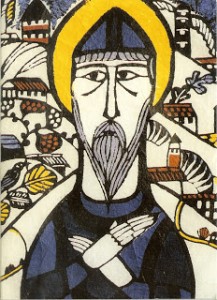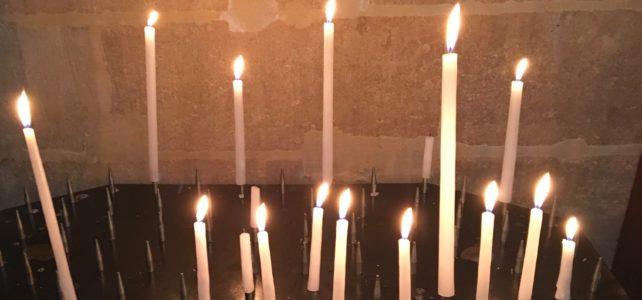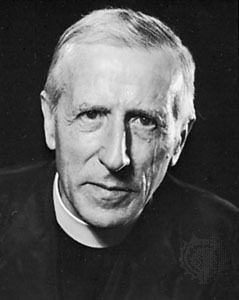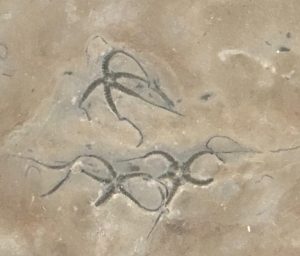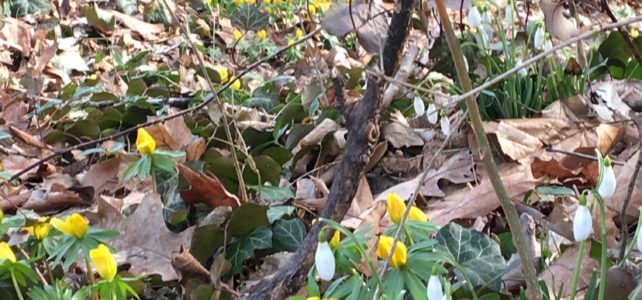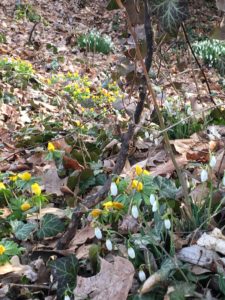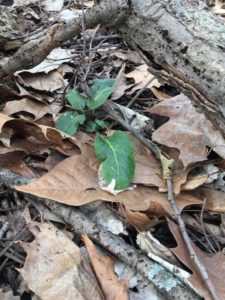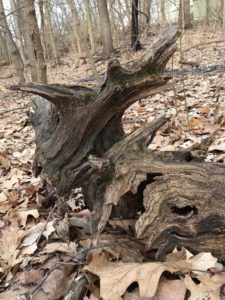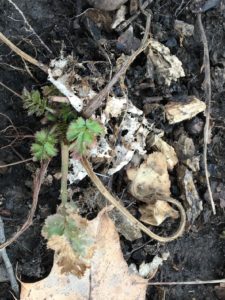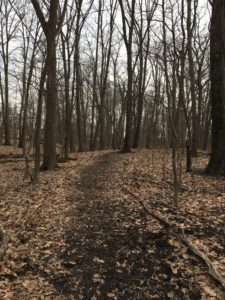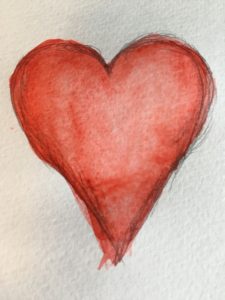
My uneven heart
I’ve been reviving my prayer practice of drawing/painting. Sometimes my efforts are part of a journal entry. Words often come first. Sometimes, like today the image is first, and words come after.
I didn’t intend the reflection and prayer. The painted heart was to be a Valentine’s Day text to my daughters. I hadn’t planned enough ahead to send a card as I usually do.
So, out came the watercolors. No matter how I try, I cannot draw a symmetrical heart. One side is always rounder or larger or sits lower. Today was no different. Eventually, I quit trying and simply sat in silence with the painted heart for a while, trying to hear what it was saying…
Love isn’t “even,” it said. Love isn’t meant to be measured in its giving or receiving. It’s a flow, a reality in which we dwell.
Sometimes we are full of love and it flows outward. Sometimes we’re running low and, if we’re open, it flows in.
It’s not something we have or hold on to or save up. It’s meant to be savored and given away.
Love is.
And I am grateful for all those in my life’s river of love.
© 2020 Mary van Balen
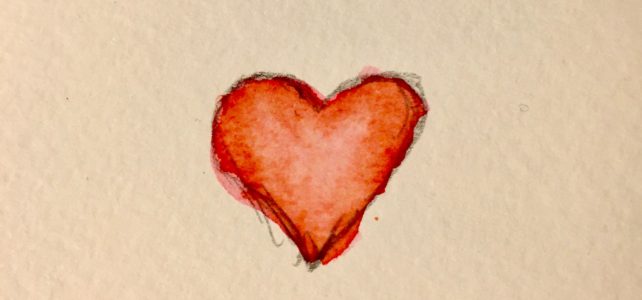
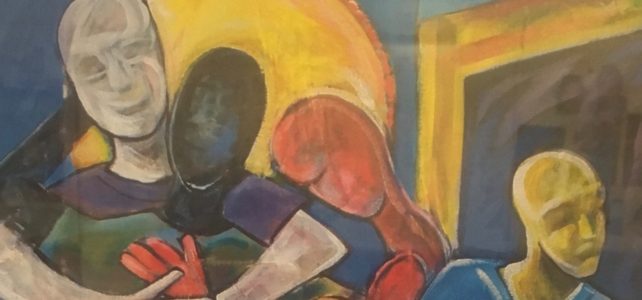
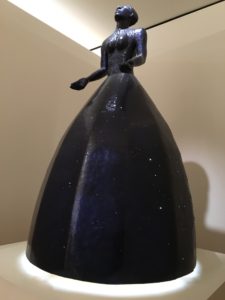
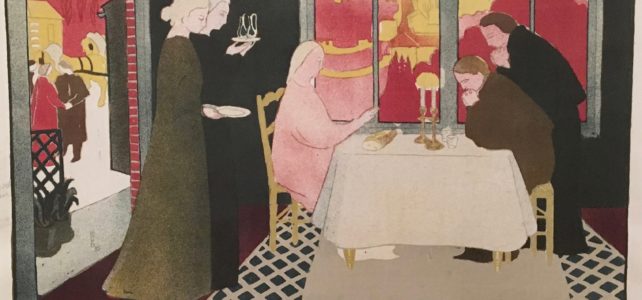
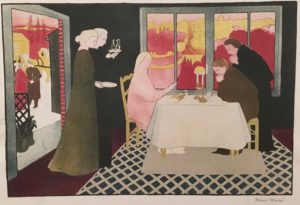
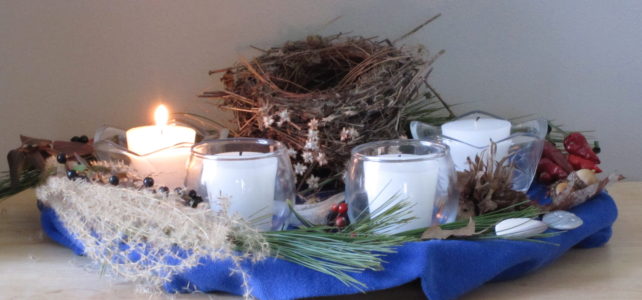
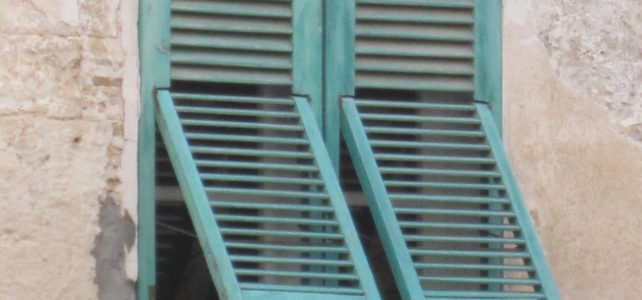

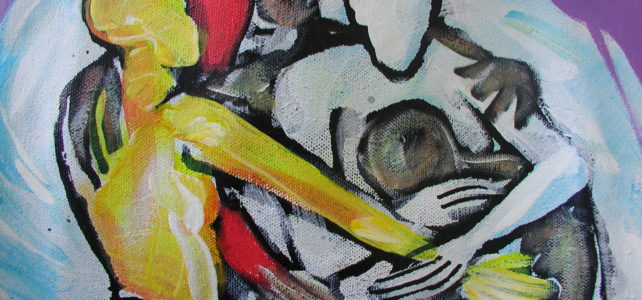
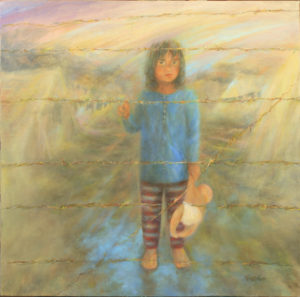
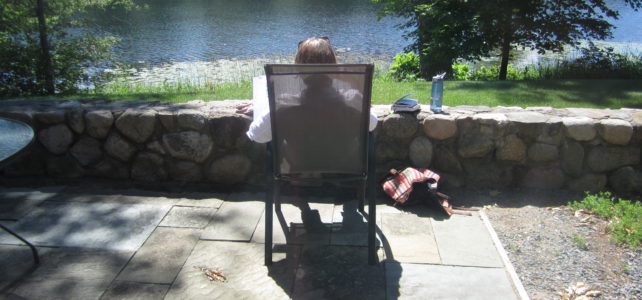
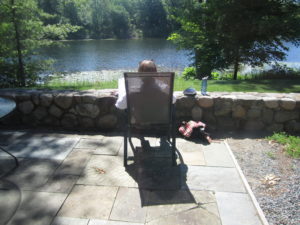


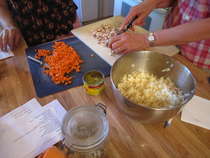
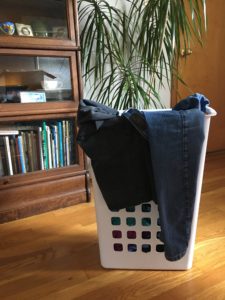 He and his wife were busy folding loads of laundry and sorting it into piles for each of their four children. They were preparing for a month-long trip to visit both sets of grandparents and, in addition to that, camping for a week. In the midst of their preparations, they offered hospitality to a visiting aunt, which would be me. And of course, all four children were around, talking to their visitor and taking care of their own preparations—which may have included cleaning rooms and gathering books to take. I leave it to your imagination. Not a lot of time there to sniff the laundry.
He and his wife were busy folding loads of laundry and sorting it into piles for each of their four children. They were preparing for a month-long trip to visit both sets of grandparents and, in addition to that, camping for a week. In the midst of their preparations, they offered hospitality to a visiting aunt, which would be me. And of course, all four children were around, talking to their visitor and taking care of their own preparations—which may have included cleaning rooms and gathering books to take. I leave it to your imagination. Not a lot of time there to sniff the laundry.